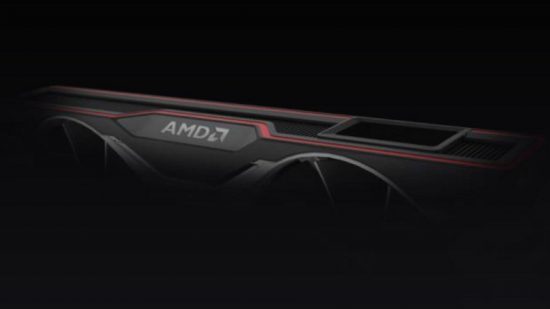AMD has revealed that its next-gen gaming GPUs are scheduled to be released in late 2020. Unlike the company’s first RDNA Navi products, such as the Radeon RX 5700 XT, the new RDNA 2-based GPUs will also support hardware-accelerated ray tracing.
AMD unveiled these details about its new GPUs at its Financial Analyst Day on 5 March, while also revealing that RDNA 3 is in development, with products expected before the end of 2022.
The company describes its forthcoming RDNA 2 GPUs as ‘enthusiast-class’, with ‘uncompromising 4K gaming’, meaning they could potentially take on Nvidia’s top-end GPUs, rather than competing in the mid-range like AMD’s current Navi chips.
In addition to hardware-accelerated ray tracing, AMD also promises up to a 50 per cent improvement in performance per Watt for RDNA 2 chips over their first-gen RDNA predecessors.
The company puts the improvements down to logic enhancements and optimisations to the new microarchitecture, enabling it to reduce the complexity and switching power of the new chips, as well as improve the performance per clock and increase the clock speed.
RDNA 2 will also support variable rate shading (VRS), another feature that was previously only supported by Nvidia’s Turing GPUs. Meanwhile, Scott Herkelman, Vice President and General Manager for Radeon, has also confirmed that there will be no blower coolers on the reference models of the new GPUs.
That’s a great move, although we’re still surprised it’s taken AMD so long to get round to it. We don’t know exactly what the reference cards will look like, but we spotted a hint in one of the presentations, which we’ve used as the main image for this story.
AMD’s first Navi products showed enormous improvements in both performance and power consumption over AMD’s previous Graphics Core Next chips, with fast frame rates for the money. However, the lack of hardware ray tracing puts them at a disadvantage compared to Nvidia’s pricier RTX GPUs, making the latter the natural choice if you want to play games with realistic lighting, shadows and reflections.
